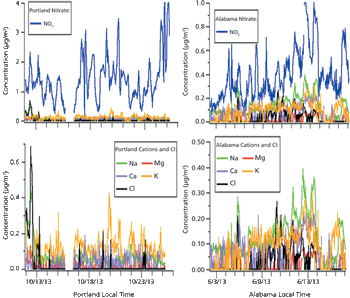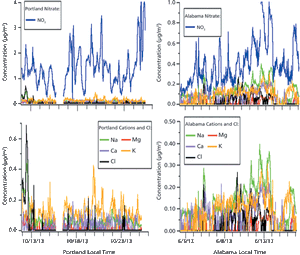Articles by Stephanie Kappes

The occurrence of disinfection byproducts in natural waters poses a health risk for humans as well as aquatic organisms. This article presents a method, which was recently developed at the University of Arizona, in Tucson, Arizona, USA, for the fast and simultaneous determination of 15 regulated and unregulated disinfection byproducts.

In March 2015, the International Agency for Research on Cancer (IARC) published a report that stated that glyphosate was “probably carcinogenic to humans”. Ever since, the use of this chemical has been highly controversial. In some countries, including the USA and Australia, there are already limit values in effect for the weed killer.

Long-term measurements to determine the quantity and chemical composition of suspended particles at high temporal resolution are useful to gain insight into the effects of particulate matter on health and the environment. In the south-east of Scotland, such measurements are being taken as part of the European Monitoring and Evaluation Programme (EMEP), which focuses on the monitoring and evaluation of the long-range, transboundary transmission of air-polluting substances in Europe. The programme serves to regularly equip European governments with the scientific knowledge required to reduce air pollution and mitigate its effects.












